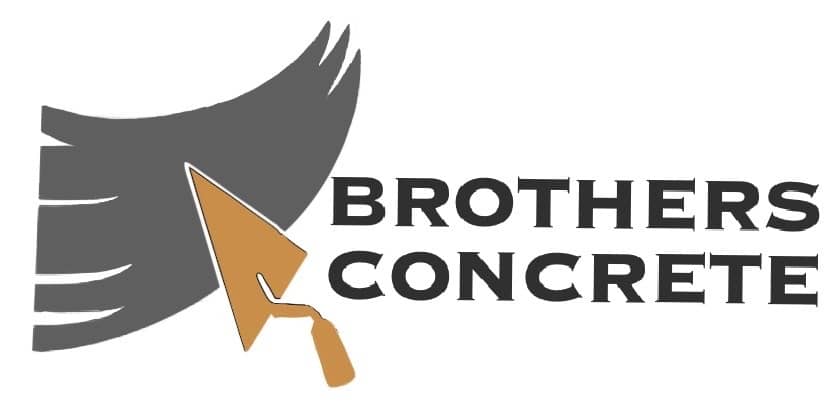Blue Ash homeowners near Summit Park want spaces that look clean, work every day, and don’t eat weekends with upkeep. A concrete driveway that pairs solid base prep with simple finishes delivers that balance. This guide focuses on practical choices that keep water moving, protect edges, and make winter easier without turning the front of the house into a project zone.
What makes a Concrete Driveway last here
Start with the base. A compacted aggregate layer, even moisture, and consistent subgrade support prevent settlement before it starts. For most homes, set the thickness at four inches, then upgrade to six inches where turning or parking is heavy. Air-entrained mixes in the 4,000 to 5,000 psi range handle freeze-thaw. Ask for saw cuts planned eight to twelve feet apart. That keeps concrete driveway shrinkage controlled and lines straight.
Drainage first, then layout
Blue Ash gets summer storms and winter refreezes. Slope the concrete driveway away from the house about one-eighth inch per foot, tie downspouts into a line, and carry runoff to a daylight point or basin. A shallow swale along the high side steals water before it crosses the pavement. Once water has a path, shape the layout. Gentle curves at the apron, a widened section near the garage, and a clean sidewalk crossing make the concrete driveway easier to use and nicer to look at.
Finishes that stay low maintenance
A light broom texture is the everyday winner. It stays grippy through rain and early frosts, and it cleans without special tools. If you want detail, add a contrasting band or short stamped panel at the walk. Keep the main concrete driveway field simple so you can pressure wash quickly and reseal on schedule. In shaded spots, choose slightly rougher textures to keep traction and help leaf debris release when rinsed.
Edge strength and snow season details
Edges fail when tires roll off soft soil. Protect them with compacted shoulders or a narrow gravel strip that takes the load. Where snow melt collects at the garage, a trench drain or widened joint stops refreeze right at the door. A good concrete driveway plan includes a curing schedule that matches the weather, a seal at twenty-eight days, and a two-year reseal cycle to resist salts and tire shadowing.
Small upgrades with big everyday value
Add a landing that lines up with the door, so steps feel natural and safe. Shift the mailbox pad or trash pad off the main tire paths to prevent stains. If you share a tight street, consider a short pull-off along the concrete driveway to make drop-offs and deliveries smoother. These details don’t add much cost but make daily life easier.
How to compare estimates
Ask each contractor to list base depth and compaction, target psi, fibers, joint layout, saw cut timing, and curing plan. Request nearby examples with installation dates so you can see how the concrete driveway finish holds up. Share photos of downspouts and note any ponding after storms. Clear answers now mean fewer surprises later.
Contact our Concrete Driveway team for your Blue Ash layout and estimate.
Read the next blog in the loop: Bordered Concrete Driveways Along Montgomery Road.
